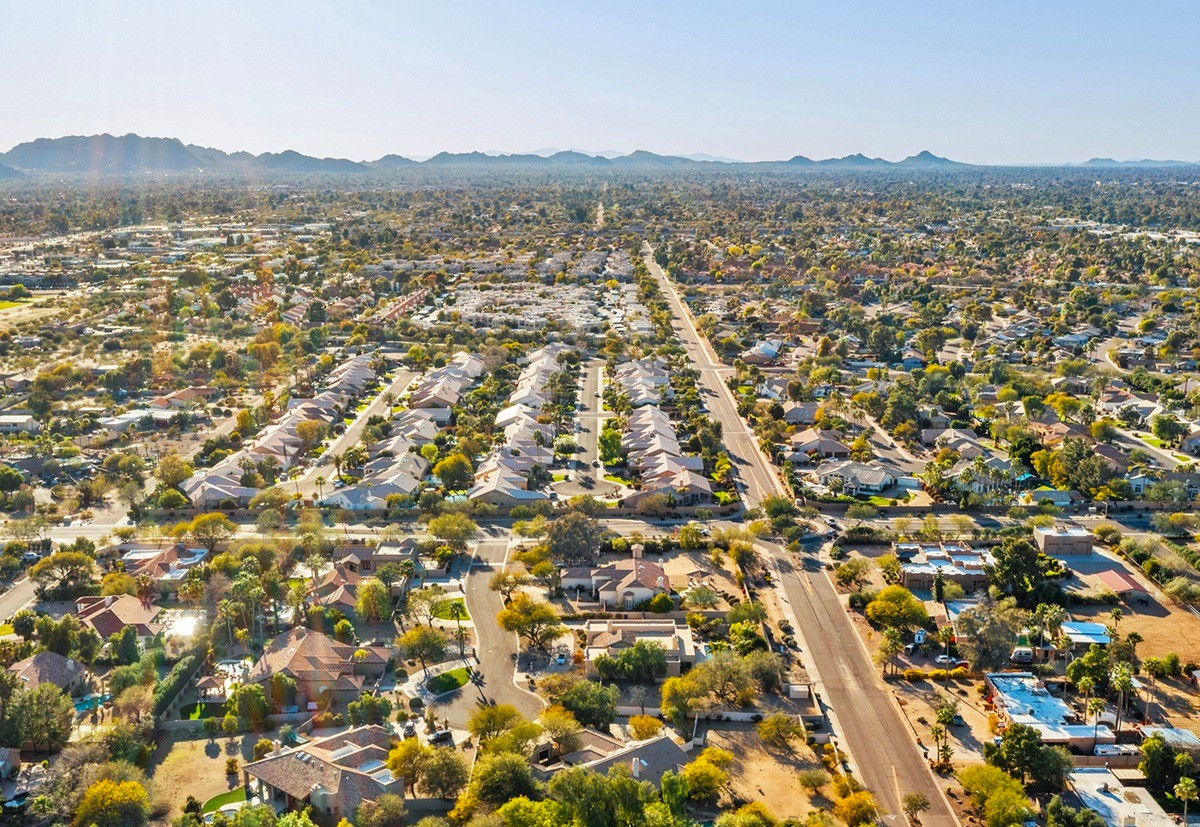Arizona’s Expanding Real Estate: Storage, Rentals, And Housing
An Expanding State
Arizona’s real estate market has turned heads in 2024, with Phoenix taking center stage. Fueled by a resilient economy, entertainment options, and a strong job market, the state has become a magnet for people seeking new opportunities. However, rapid growth doesn’t come without hurdles. Rising housing prices, strained infrastructure, and shifting living patterns are reshaping Arizona’s urban and suburban landscapes.
Here’s a deep look into the trends that define Arizona’s real estate story.
Phoenix’s Population Boom & Housing Strain
Phoenix’s population soared to 1.65 million in 2023, marking a 9% increase since 2013. This growth eclipses Houston’s 5.2% rise during the same period, underscoring Phoenix’s magnetic appeal. But with an influx of residents comes mounting pressure on housing and city infrastructure.
- Housing Demand Skyrockets: Migration sparks a construction frenzy across the city.
- Overcrowding Concerns: Once-relaxed character gives way to a bustling urban vibe.
- Infrastructure Struggles: Public transit and roads face increased strain.
- Affordability Challenges: Competition drives up housing costs, leaving many priced out.
Phoenix’s transformation into a bustling hub shows no signs of slowing, but managing growth remains a balancing act.
Also Read: Greater Phoenix Real Estate Market Update For December 2024

Suburbs & Exurbs
Many Arizonans are leaving the city behind for the charm of suburban and exurban life. Quieter neighborhoods, open spaces, and a strong sense of community are drawing families and individuals alike.
- Queen Creek: Population jumped 128%, with housing stock growing 123%.
- Buckeye & New Kingman-Butler: Fast-paced expansion reshapes these key hubs.
- Family-Friendly Features: Suburbs offer larger homes and quieter lifestyles.
- Housing Inventory Growth: Gilbert (67%) and Surprise (62%) lead the way.
These communities redefine what it means to live in Arizona, offering alternatives to urban hustle.
The Space Race
While apartments are shrinking nationwide, Arizona bucks the trend with some of the largest rentals in the country. Suburbs stand out for their spacious options, while city living remains compact.
- Buckeye: Tops the U.S. with average rentals of 1,409 sq. ft.
- 12 Arizona Cities: Apartments exceed the national average of 901 sq. ft.
- Phoenix: Falls short at 801 sq. ft. per unit.
- Tucson: More compact at 765 sq. ft.
The state’s ability to deliver roomy living options sets it apart, particularly in suburban areas.
Also Read: Moving To Arizona? Avoid These Common Errors And Challenges

The Rise Of Self-Storage In A Crowded Market
Self-storage solutions are booming as Arizona’s residents navigate space constraints. From downsizing to temporary housing transitions, the demand for extra storage is rising fast.
- 40%: Rent storage due to limited living space.
- 15%: Plan to rent a unit soon.
- Phoenix Storage Surge: Searches tripled between 2019 and 2022.
- Expansion Efforts: 11 million square feet added in Phoenix over five decades.
- Affordable Rates: Average storage rents in Phoenix hover around $117/month.
Self-storage is filling the gap for many, offering flexibility and convenience in an increasingly crowded housing market.
Housing Prices & Affordability: Winners & Losers
Despite substantial housing growth in areas like Gilbert, demand continues to outstrip supply. This imbalance is driving prices higher, exacerbating affordability issues across Arizona.
- Gilbert’s Housing Crunch: Home prices hit $614,200, up 91% since 2005.
- Mesa & Phoenix: Prices rose 143% and 139%, respectively, over 18 years.
- Middle Housing Shortage: Just 10% of Gilbert’s stock; 21% in Phoenix and Chandler.
- Statewide Price Spike: Nearly all cities saw double-digit increases since 2005.
Arizona’s housing market reflects a national challenge: building enough affordable homes to meet surging demand.
Also Read: Will The Second Trump Era Reshape The U.S. Housing Market?

Phoenix’s Decades Of Real Estate Leadership
Phoenix has consistently ranked among the nation’s top cities for real estate development over the past 50 years. From single-family homes to industrial spaces, its growth trajectory is astounding.
- Single-Family Homes: Over 215,000 permits since 1980.
- Multifamily Construction: Averages 8,609 permits annually in the 2020s.
- Industrial Expansion: Added 127 million sq. ft. since 1980, ranking third nationally.
Phoenix’s construction boom isn’t just about quantity—it’s reshaping the region’s identity and appeal.
Final Reflections
The bottom line is that the Arizona real estate market continues to evolve, driven by strong demand, population growth, and shifting living preferences. Suburbs and self-storage are playing critical roles in accommodating this change, while affordability and infrastructure remain significant challenges.
The state’s ability to adapt and innovate will determine its future as a destination for those seeking space, community, and opportunity in the Southwest.


















